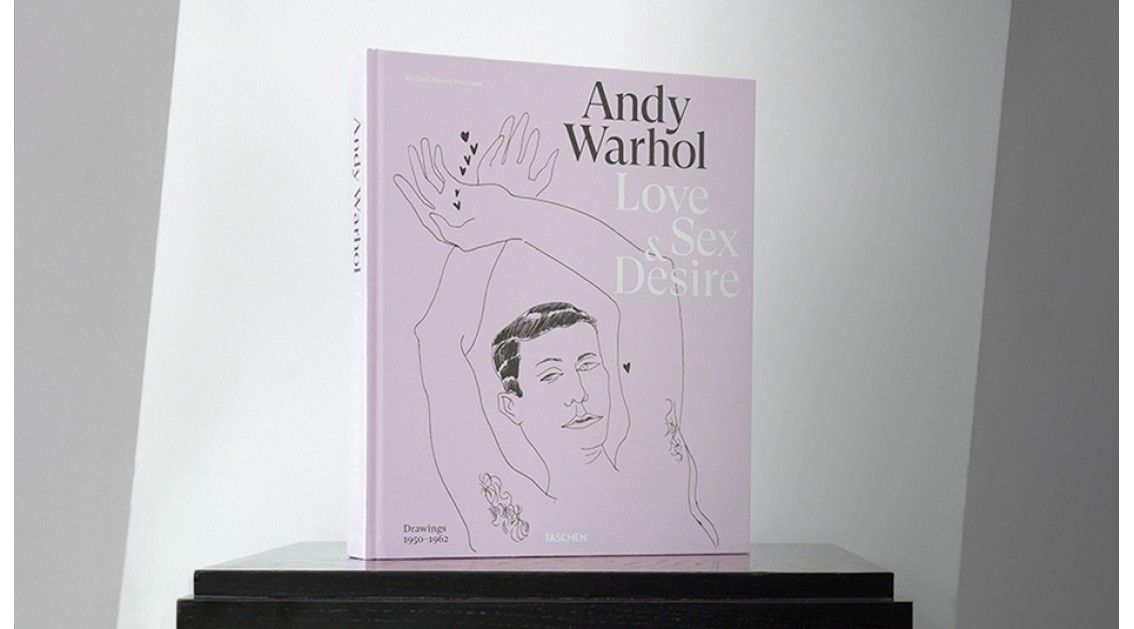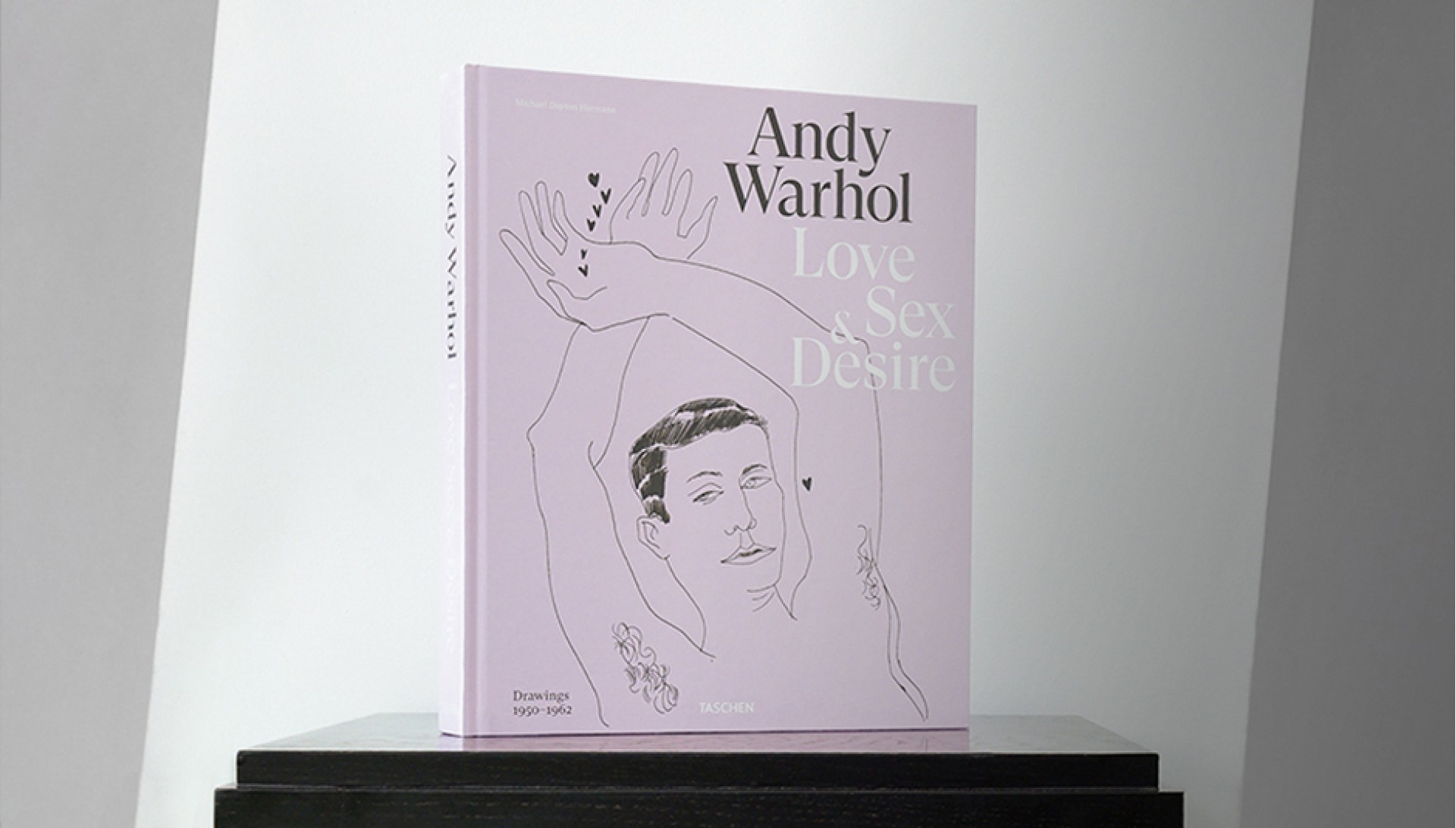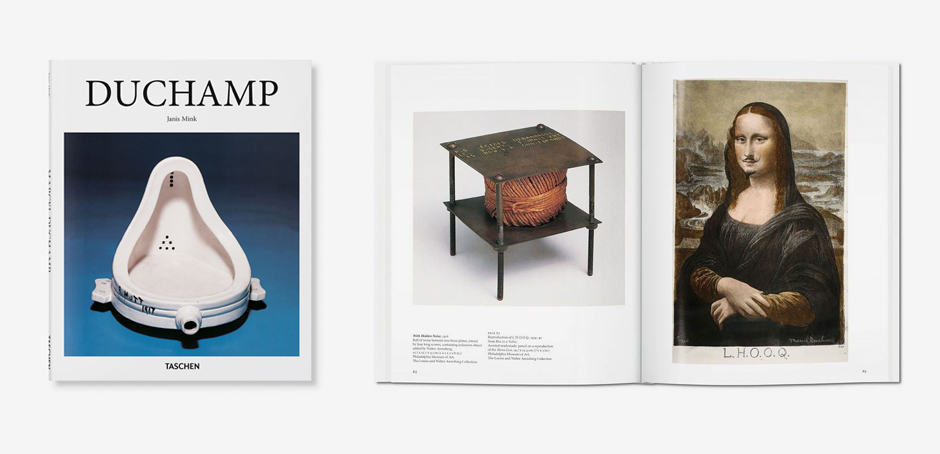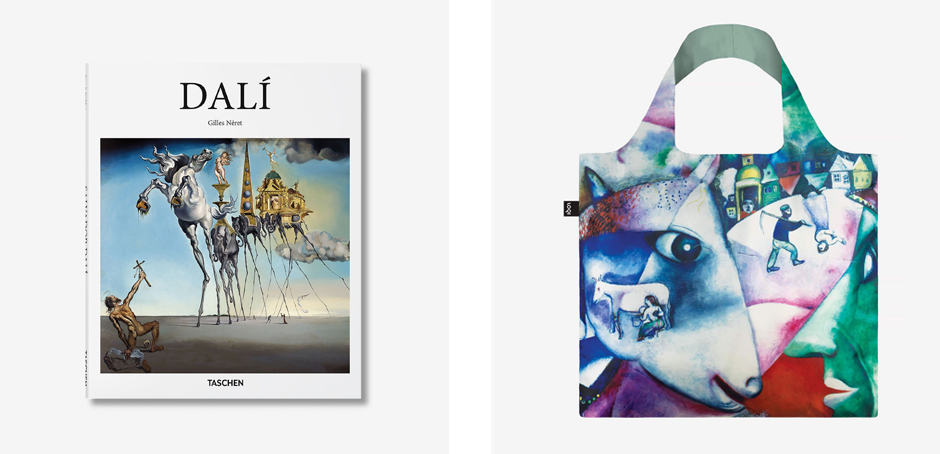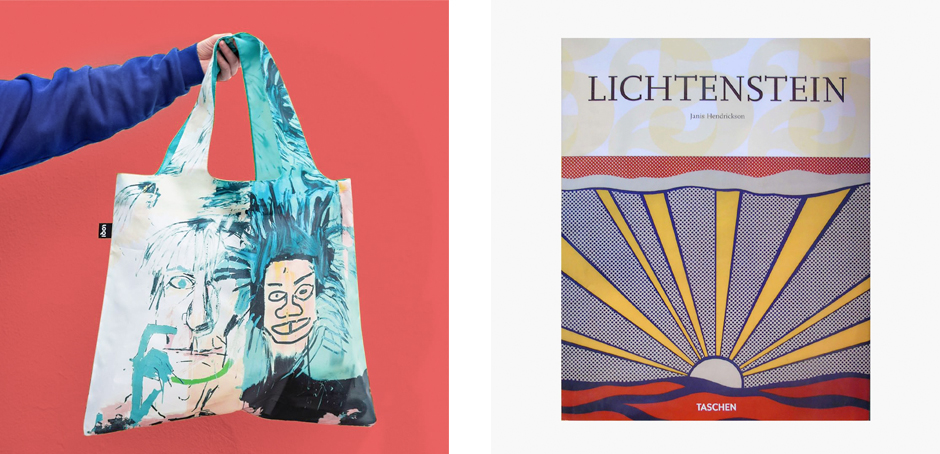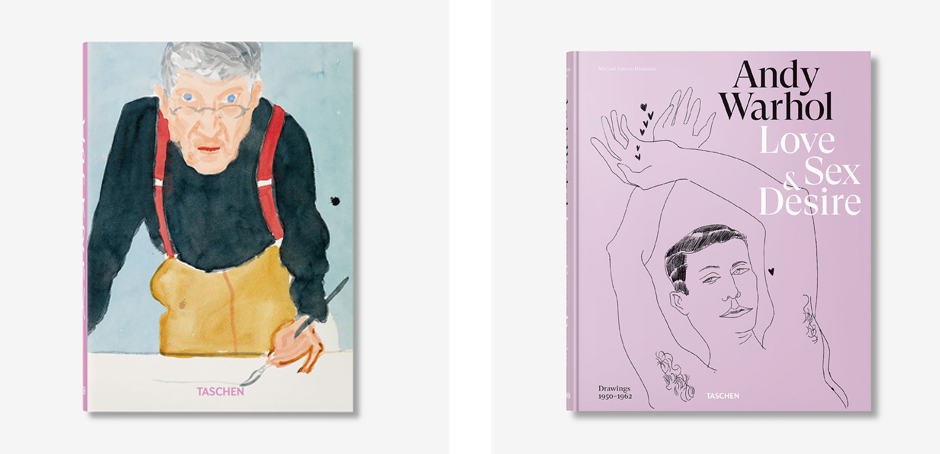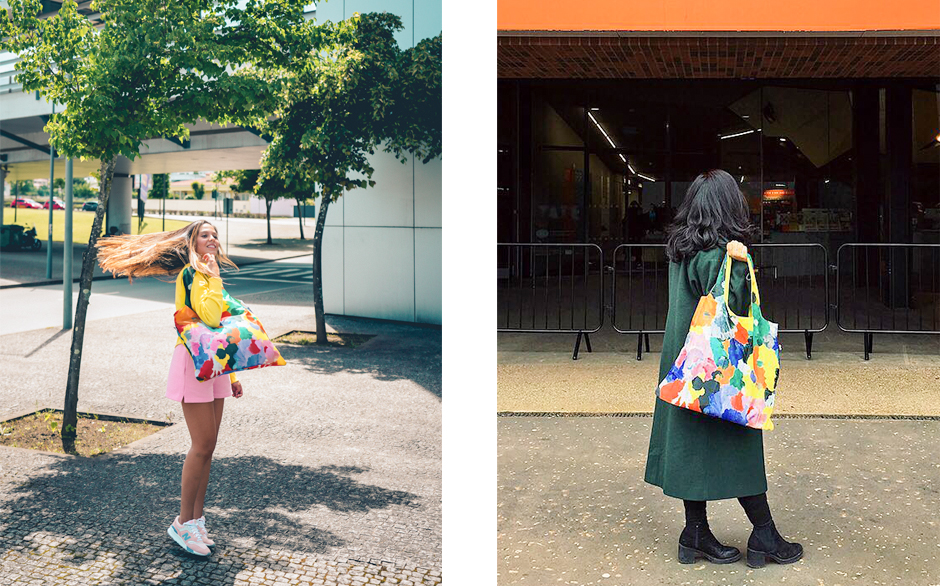Over the past few months we have been guiding you through the corridors of a real museum, with the help of book publisher Taschen and handbag brand LOQI. We start in the entrance hall with the 14th, 16th and 18th centuries. Then we wander through the 19th century corridors to now get lost in the 20th century main hall. Thank you for joining us on this journey through art. This is the third and final part of our guided tour. So let's get started because today we still have a lot to see.
The 20th century was marked by European avant-garde thoughts, which triggered modern art. Movements such as Expressionism, Cubism, Dadaism and Surrealism are examples of the European avant-garde. These new ideas came to reveal the aesthetic and conceptual changes that occurred after the World Wars and the industrial progress. Within modern art, we also find pop-art, which will serve as a transition bridge to contemporary art.
The artistic movements of the 20th century, like many others, were developing practically at the same time, creating each other. It is difficult to delineate which came first chronologically, but let's start with Dadaism.
The term 'dada' comes from French and means horse, in children's language. It may sound random and chosen at random, and indeed it is. Purposefully. The word was chosen because it portrays the lack of meaning that language can have. Dadaism had chance and nonsense as its basis, aiming to challenge traditional forms of expression. The dadaist artists used art as a form of protest, trying to provoke and shock the bourgeois society of the time.
One of the biggest names in Dadaism is Marcel Duchamp. The Frenchman became known for his ready-mades, where he used industrialised and everyday objects, giving them a new purpose, that of a work of art. 'Fountain' is one of the best known. With a porcelain urinal turned upside down, Duchamp proved that objects of no apparent value could be works of art if displayed in galleries. This challenge of traditional ideas of art paved the way for other art movements such as Surrealism.
Surrealism was marked by dreams, fantasies, reveries, lack of logic and consciousness. Like Dadaism, this movement was born in France and came to reiterate the rejection for the values and standards imposed by society. Surrealism was greatly influenced by Freud's research, which focused on the unconscious, mainly in the interpretation of dreams. Thus, surrealists sought to shape the unconscious through imagination, creating on impulse and without thought.
One of the great references of this movement came from Spain: Salvador Dalí. In his work, at first very much inspired by the German painter De Chirico, Dalí mixed the real and the unreal. He used the paranoid creative method to create, which involved freely interpreting his unconscious, often making delirious associations, as in the famous painting 'The Persistence of Memory'. The painter described his works as hand-painted photographs of dreams.
On the other hand, coming from Russia, Marc Chagall was strongly marked by Surrealism, despite the influence of Russian folk art. Critics claim that Chagall created a supernatural world without physical weight. Above we can see the painting 'I and the Village', painted in 1911. In it, the gazes of a man and a goat cross, while scenes unfold around them. Everything happens at the same time, like in a dream, in cold, light colours that seem to fade.
Derived from Dadaism also came pop-art, through the influence of Duchamp and his use of already created images. In the movement that derives from the term 'popular art', artists were inspired to appropriate American propaganda images to convert them into works of art. Thus figurative art returns, this time in the form of criticism of mass culture, the cult of television, film and advertising.
The American Roy Lichtenstein, for example, used everyday elements in a critical and figurative way, taking them out of their usual context. An undisputed name in pop-art, the artist made reinterpretations of comics, and it was this segment that brought him to fame, through the technique of pointillism.
Also directly related to this movement is Andy Warhol and his paintings of Campbell soup cans. Also known for the Marilyn Monroe portrait sequence, Warhol had a career phase where he explored male beauty, before turning to transfiguration, kitsch aesthetics and mass-produced objects.
In the last years of his life, Warhol mentored Jean-Michel Basquiat, an artist who began by graffitiing sentences on underground walls. The relationship between the two was controversial, sparking discussion over the fact that a white artist sponsored a black artist. Basquiat became known for his signature art symbol, a crown with three spikes, which challenged Western art history.
Unlike all the artists we have talked about so far, David Hockney is the only one who is still alive. He was influenced by cubism, pop-art and photography. Thanks to this, the artist has created artworks in almost every form ranging from opera sets, to photographs and drawings through technologies such as laser printers, mobile phones, IPads, among others. He has explored collage, the theme of homosexuality in England and scenes from the daily lives of athletic young men in California. Especially known for his collages with Polaroids, Hockney stretched the two-dimensionality of photography to the max, making the viewer wonder about their conditioned view of things.
To finish, let's tell you about a German expressionist artist: Ernst Wilhelm Nay. He used colour to express emotions. He started out as a realist, changed to surrealist, like Dalí and Chagall, and ended up an expressionist, showing that artists should not be labelled by artistic movements. Irisches Gedicht, painted in 1957, is one of his abstract works, with strong brushstrokes in blue, orange, yellow and green.
You can find out more about these and all the other artists we have talked about in the Taschen books, which are available outside the museum. We hope you had fun, enjoyed it, and that you leave here with a LOQI bag on your shoulder and a Taschen book in it. See you on your next visit!

